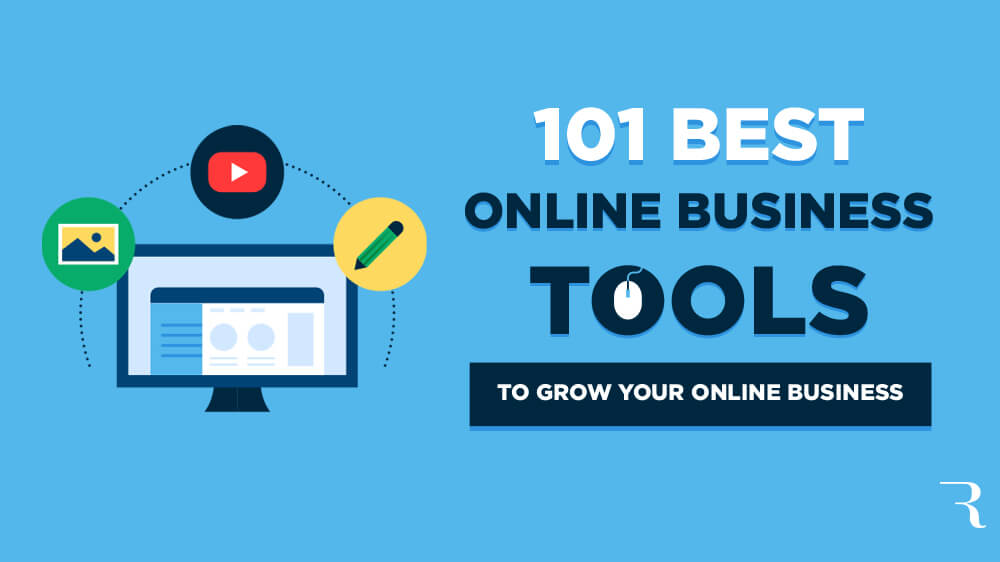For many organizations, the lightbulb moment to invest in a Digital Asset Management (DAM) system—or to revisit the value of an existing one—comes when they realize that no one can find anything. Teams waste time sifting through email chains, shared folders, outdated file repositories, and even a poorly performing DAM, often to no avail. The epiphany is clear: If we can’t find our assets, how can we create, market, and grow?
However, search is just the tip of the DAM iceberg. While searchability may be the initial reason to consider a DAM, it shouldn’t be the primary focus. A well-designed DAM goes far beyond retrieval, offering advanced capabilities like permissions, digital rights management, asset relationships, automation, approvals, and distribution—elements that unlock scalability and long-term efficiency. It’s about what becomes possible once you find your content. In this post, we’ll dive into these essential aspects and explore how DAM maximizes the value of your assets throughout their entire lifecycle.
The Search Foundation: Findability Is Just the Beginning
The first priority for any DAM implementation is often searchability. If your team can’t quickly find what they need, productivity suffers. But effective DAM systems go far beyond a basic search bar, offering advanced features that streamline search and retrieval. Without robust search capabilities, content may be unnecessarily recreated, agency partners may duplicate effort, or assets may be licensed again from your stock company simply because you didn’t know someone had already licensed the content. DAMs offer advanced features that help streamline search and retrieval:
- Metadata tagging: Assign meaningful information to assets for easy retrieval.
- AI-powered auto-tagging: Automatically tag assets by recognizing objects, people, or scenes.
- Natural Language Processing (NLP): Support intuitive, conversational searches (e.g., “images with summer beach scenes”).
- Facial recognition: Identify people across photos and videos to simplify discovery and rights management.
- Logo recognition: Detect and tag company logos within assets, improving brand management, discovery, .
- Content recommendations: Suggest relevant assets based on usage patterns to drive content usage and enhance findability.
Integrating metadata further enhances findability by providing contextual and descriptive details about each asset, ensuring users retrieve the right materials at the right time.
Digital Rights Management (DRM) and Permissions: Ensuring Compliance and Control
DAMs are more than storage systems—they serve as the backbone for managing permissions and digital rights. Without proper controls, sensitive content can be misused or legal risks can arise. DAM systems address these concerns with robust capabilities:
- Granular access control: Assign viewing, editing, and download permissions based on roles, teams, or departments at the asset level and not just folders of content
- Asset request workflows: Allow users to request access with traceable, justifiable usage.
- Watermarking: Overlay user information to discourage unauthorized sharing and creating accountability.
By integrating DRM features such as centralized license management, organizations safeguard compliance with copyright agreements, reducing the risk of infringement. Automated tagging for usage rights (e.g., facial recognition identifying models with release forms) ensures legal clearance while building trust in the system.
Tracking Asset Data and Building Contextual Relationships
Tracking key production data—such as file versions, approvals, and timelines—provides critical transparency throughout content creation. DAMs empower teams to monitor asset progress from inception to delivery. Users can see where bottlenecks occur and optimize workflows accordingly. If mistakes have been made, previous versions can be reinstated.
Establishing relationships between assets provides valuable context. When searching for an image, for example, users should also see related campaign briefs, strategy documents, applicable rights. This holistic view supports better decision-making and allows teams to reuse content effectively, maximizing asset value.
Additionally, DAMs can recommend related or complementary content based on user behavior and metadata relationships. This feature fosters creativity and encourages asset reuse, contributing to a more efficient content ecosystem.
Automation: Streamlining Operations for Scalability
Automation is essential to managing large volumes of assets and scaling content operations. DAMs automate time-consuming processes, allowing teams to focus on strategy and creativity:
- Automated permissions management: Dynamically adjust access based on roles, project status, folders, or asset/rights expiration.
- Review and approval workflows: Route assets through predefined approval chains for quicker feedback.
- Metadata enrichment: Continuously improve asset tagging using AI to enhance searchability over time.
- C2PA support: Check incoming content for provenance to identify if assets may have been created or influenced by generative AI, ensuring authenticity and transparency in content usage.
By eliminating manual tasks, organizations reduce bottlenecks and create a smoother flow from content creation to delivery.
Efficient Distribution and Campaign Tracking
Once assets are finalized, they must be distributed across various channels. DAM systems streamline this process by integrating with delivery platforms and performance tracking:
- Social media integrations: Push content directly to Instagram, Facebook, or other platforms.
- Auto Cropping and transcoding: Automatically adjust asset sizes and formats to optimize content for different channels.
- Performance analytics: Track which assets drive the most engagement and use this data to optimize future campaigns.
- Campaign data tracking: Monitor asset delivery, engagement metrics, and usage rights after distribution to maintain compliance and ensure brand consistency.
These features enable organizations to get the right content to the right places quickly, ensuring assets maintain their integrity across channels.
Conclusion: A Holistic Approach to DAM
While searchability may be the first problem a DAM solves, it’s only the beginning. The true value of DAM lies in addressing a broad range of operational challenges—from permissions and DRM to automation, distribution, and analytics. Whether you’re considering a new DAM or trying to realize the full potential of your current one, the impact of a holistic approach can be transformative. With the right DAM in place, organizations streamline workflows, enhance collaboration, and build a foundation for future scalability.
As teams come to trust the system and manual processes give way to automation, the focus shifts from administrative tasks to creative innovation. In the long run, a DAM system transforms how organizations create, distribute, and optimize content—empowering them to thrive in an increasingly competitive landscape. Learning more about Orange Logic can help your team maximize the value of your content and unlock the full potential of DAM.
Publisher: Source link











